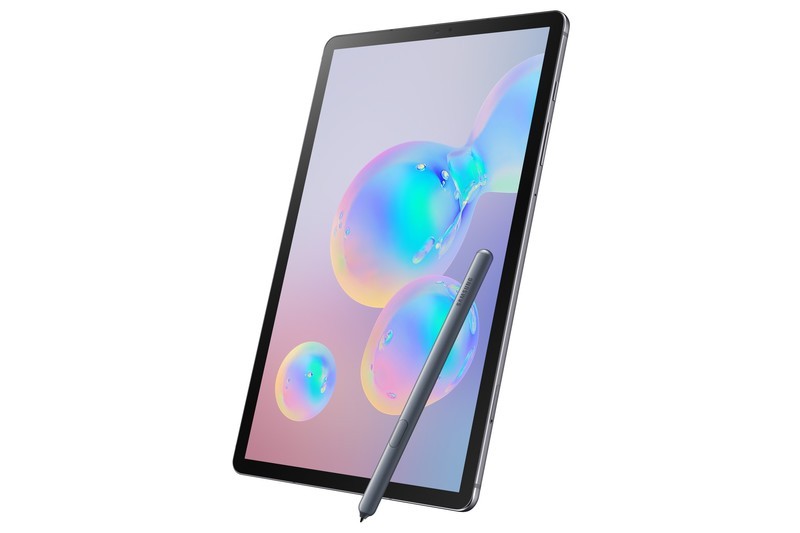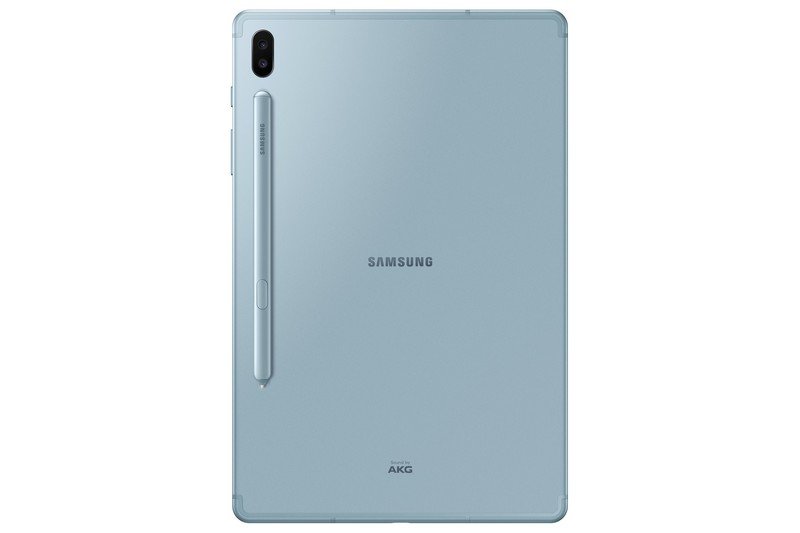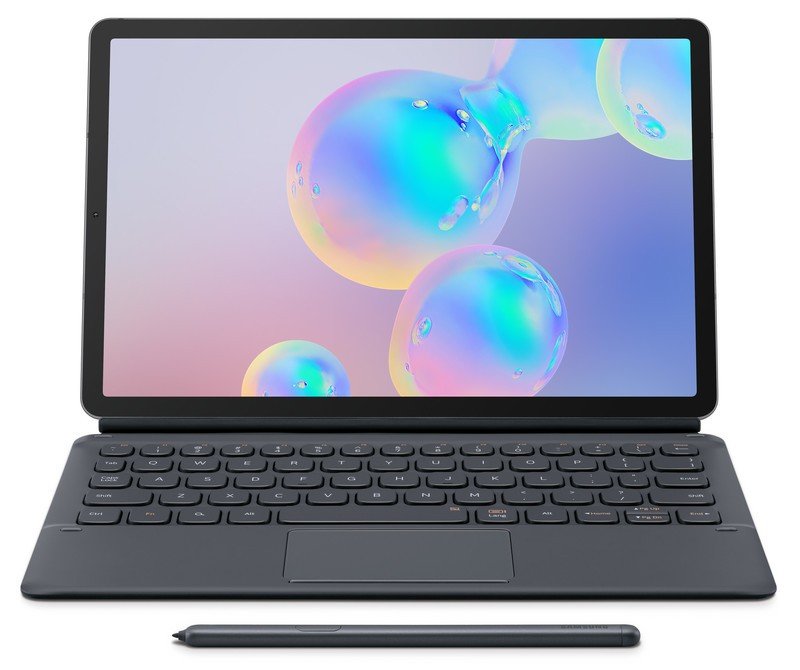Samsung Galaxy Tab S6 has new keyboard with touch pad, Bluetooth S Pen and improved specs for $650

What you need to know
- Tablet has new top-end Snapdragon 855, 6GB of RAM and in-display fingerprint sensor.
- New keyboard cover has adjustable angle, laptop-like touch pad and function row.
- S Pen includes Bluetooth functions from Note 9, charges wirelessly and attaches with magnets.
Android tablets may not be on everyone's mind in the same way phones are, but Samsung asserts that the market isn't dead — and the new Galaxy Tab S6 carries on its high-end tablet ambitions. Samsung's user research from the Tab S3 and S4 showed that buyers loved using the keyboard, S Pen, camera and productivity features — so the Tab S6 improves in each area, and takes things to a new level with higher-end specs.
Samsung's tablet lineup is a tad confusing, so I will say explicitly that the Tab S6 does not replace the Tab S5e. Samsung sees a three-pronged strategy with its tablets with the Tab A 10.1 at the base end, the Tab S5e in the middle and the Tab S6 at the top.



Let's get the basics out of the way. The Tab S6 runs on the Snapdragon 855 processor, backed up by 6GB of RAM and 128GB of storage (or 8 and 256 for $80 more), plus microSD expansion. The 7030mAh battery is a slight downgrade from the Tab S4, but the screen is the same 10.5-inch Super AMOLED and it's still surrounded by quad speakers. It's also just 5.7 mm thick, and over 10% lighter than the Tab S4 — thanks in part to a move from a glass to metal back. There's also an optical in-display fingerprint sensor for quick log-ins, which is a small but completely needed feature.
Top-end specs and a more useful keyboard make this even more of a convertible laptop competitor.
Samsung insists that Tab S4 owners have actually made use of its camera on a regular basis, so the main 13MP camera is now paired with a 123-degree wide-angle 5MP camera for capturing things like documents and whiteboards in conference rooms.
The big changes start with the keyboard attachment, which is now even more laptop-like with the addition of a touch pad and function row (including a dedicated DeX launch button). The cover's hinge also has adjustability for a wide variety of screen viewing angles, which is something often missing from these sorts of tablet-based convertibles. Depending on how you feel about the usability of Android apps on tablets and Samsung's DeX experience, the keyboard changes alone could make this more of a competitor for Windows-based convertibles.
The core software experience is effectively unchanged, which shouldn't come as any surprise. This is Android 9 Pie with consistent One UI elements from the Tab S4 and Galaxy S10; plus DeX 2.0 for a more desktop-like experience when paired with that keyboard cover. Samsung says that a full 30% of Tab S4 users were regularly using a mouse, which lends even more weight to the idea of adding a touch pad to the keyboard.
The new S Pen isn't too different in terms of size, but it now integrates all of the Bluetooth wireless features introduced in the Galaxy Note 9. This makes even more sense for something like a tablet where you may actually be viewing it from more than an arm's reach away, letting you take advantage of things like a remote camera shutter, advancing presentations or moving through a photo gallery. And now that the S Pen requires recharging, you can charge it wirelessly on the back of the tablet where it attaches with magnets. It's still included in the box.
Get the latest news from Android Central, your trusted companion in the world of Android
For all of these upgrades and a more laptop-like experience, the Tab S6 starts at $650 without the keyboard cover — and you can choose from Mountain Gray, Cloud Blue and Rose Blush colors. Add that in for another $180, and it's a spendy proposition — albeit an enticing one, based on what we can see here. Orders open up on August 23, with full retail availability from September 6; and orders prior to September 22 will get 50% off the keyboard cover. There will also be an LTE version available later this year.

Andrew was an Executive Editor, U.S. at Android Central between 2012 and 2020.

